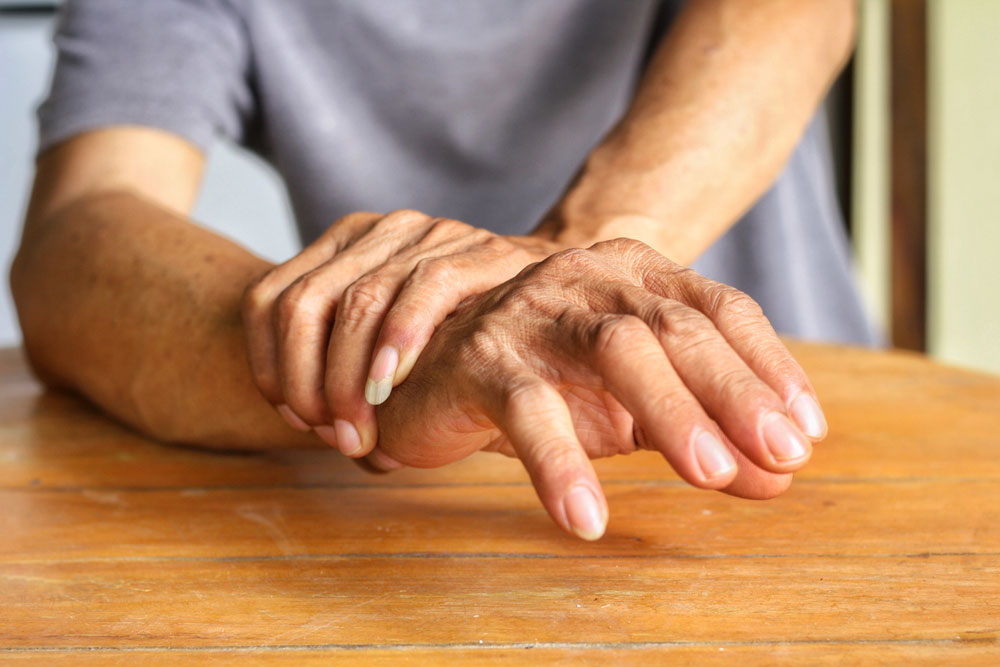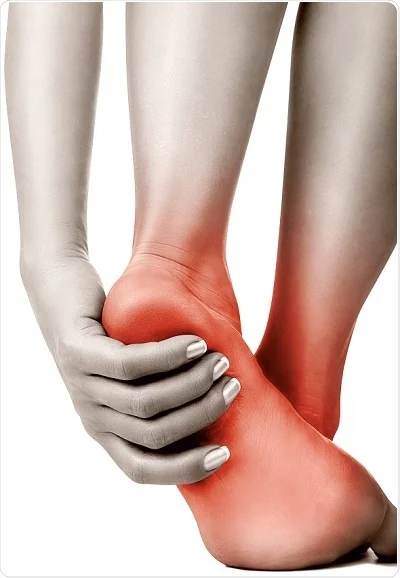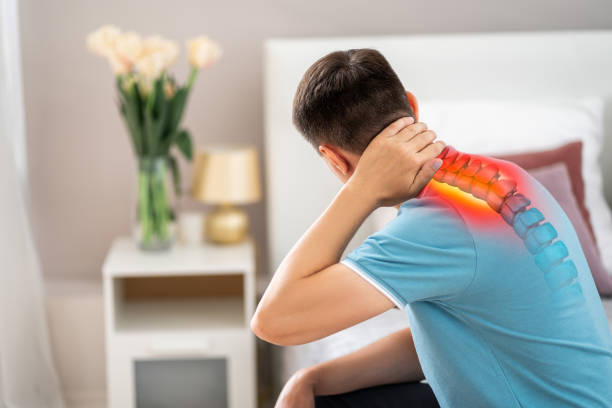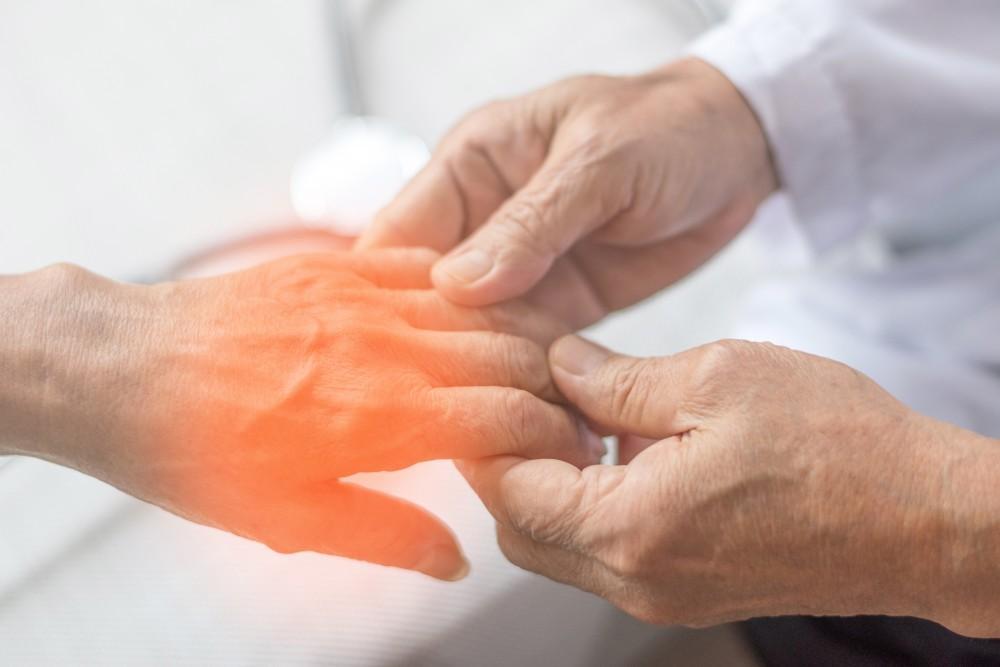Muscle spasm is an involuntary contraction of the muscle group. It is a forcible uncontrollable contraction. When a muscle is in a continued state of contraction, local circulatory and metabolic changes occur in response causing prolonged contraction of a muscle. The most common sites for muscle contraction are the back, calves, thighs, feet, hands, abdomen, and arms. Altered circulatory and metabolic rate results in muscle- pain. Muscle contraction is self –perpetuating not depending on the presence or absence of irritability due to the primary cause.
What Are The Causes Of Muscle Spasm?
Though the actual cause of muscle spasm is unknown one of the following can be the reasons for it:
. Deep painMuscle fatigue
. Muscle soreness/strains
. Electrolyte imbalance
. Dehydration
. Viral infection e.g. cold
. Prolonged period of immobilization
. Emotional tension
. Direct trauma to the muscle.
. Sitting for a prolonged time
What Are The Signs And Symptoms Of Muscle Spasm?
Muscle spasm makes daily life and activities uncomfortable, painful, and difficult. A frequent spasm can make the day to day life difficult because of limited mobility,
- Pain
- Swelling
- Decreased range of motion
- Palpable hard band
- Strong jerk while sleep (Sometimes extremely strong spasm may cause a jerk, while you are asleep)
- Clonus (If there are repeated jerks e.g. when floor taps repeatedly on the floor)
Diagnosis Of Muscle Spasm.
Magnetic resonance imaging (MRI): Magnetic resonance imaging (MRI) uses large magnet and radio waves, to diagnose a variety of conditions, torn ligaments, and muscles. MRI may be a valuable tool to complement the history and physical examination in diagnosing muscle spasms.
Electromyography (EMG): Electromyography (EMG) is used to assess the muscle activity, and if there is any abnormality in the muscle.
Computed Tomography Scan (CT): Computed tomography scan CT scan images are used to see the position, size, and shape of muscles and also show muscle damage.
Muscle biopsy: Muscle biopsy is a process in which a piece of involved muscle tissue is removed and examined microscopically. Muscle biopsy helps to assess the problems in the connective tissue.
Conservative Treatment For Muscle Spasm.
Physiotherapy treatment: The physiotherapist uses different methods of treatment to treat the symptoms of muscle spasms.
Cryotherapy: Utilize cryotherapy by applying ice packs, cool baths, cooling garments, cold towels, etc. help to control spasms.
Thermotherapy: Thermotherapy application by hot packs, warm swimming, etc. relaxes the muscles.
Transcutaneous electrical stimulation (TENS): Transcutaneous electrical stimulation reduces muscle spasm and pain thus restoring muscle function.
Relaxation: Body relaxation combined with deep breathing enhances the effect of treatment techniques used. Relaxation and re-education about the breathing patterns help to decrease the tension in the muscle and provides pain relief.
Massage: Massaging the area with a massager or can also be done manually by using techniques like deep tissue massage, gently rubbing the muscle, and pinching or stroking massage produces relaxation, thus increasing the range of motion and also causes stretching effect. Massaging the affected muscle may decrease the spasm and thus reduces pain.
Stretching: Stretching helps to release the spasmed muscle stuck for long periods in a shortened state. Over some time these muscles can cause pain, daily stretching of these muscles can relieve pain.
Joint manipulation: Joint manipulation uses gentle movements to stimulate the joint movement by reducing the muscle spasm and pain.
Strengthening: Strengthening exercises play a major role in decreasing muscle spasms. Due to spasms, the muscle is not often used, thus making these muscles weaker over time. Strengthening exercises helps these muscles to regain strength and mobility.
Mild exercises: Mild exercises should be done to maintain strength and mobility. These may include
- Static cycling
- Mild staircase climbing
- Jogging
- Swimming.






